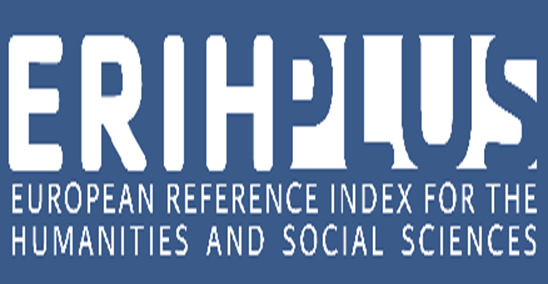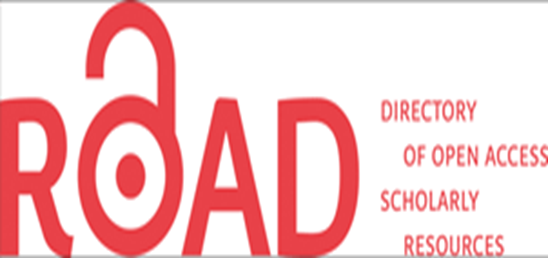Depiction of heaven and hell in “Divani Hikmet” by Yasawi and «Divine Comedy» by Dante
Views: 312 / PDF downloads: 413
DOI:
https://doi.org/10.32523/2664-5157-2023-4-146-162Keywords:
Hikmet, Turkic, spirit, afterlife, mortal world, Sufi knowledge, aitys, heaven, hell.Abstract
The aim of the paper is a comparative analysis of the verbal aitys of heaven and hell in the «Divani Hikmet» by Khoja Ahmed Yasawi with samples of aitys characteristic of the Turkic verbal art, as well as with the description of heaven and hell in the «Divine Comedy» by Dante Alighieri. The spiritual, philosophical and artistic value of Yasawi’s Hikmet is considered, and the concepts of heaven and hell in the consciousness of mankind are studied.
It is religiously justified in the sacred scriptures that a soul in the afterlife falls into one of two
worlds, depending on its actions in this world. The image of heaven and hell became the basis of sacred books and works of art.
Yasawi provides great humanistic ideals, providing a controversy between heaven and hell. The fact that a person’s moral existence is assessed by conscientiousness, as well as the principles of spiritual value are most clearly expressed in the text of verbal competition.
The purpose of aitys is to defeat the opponent with meaningful words. Hikmet takes the form
of aitys as a genre in harmony with the Turkic verse in content and form, and an effective way of conveying thoughts.
Downloads
Reference
Алигьери Д., 2012. Құдыретті комедия. Орыс тілінен аударған К.Ахметов. Астана: Аударма. 792 б.
Артамонова Т.Г.,2019. Образы ада и рая в философских произведениях Марка Твена // Филологические науки. Вопросы теории и практики. Том 12. Выпуск 6. С. 75-79.
Әбдуов А., 2022. Қожа Ахмет Ясауидің дүниетанымы. Алматы: «Көкжиек-Горизонт». 204 б.
Бужор Е.С, Шевченко О.В., 2022. О мотивах ада, чистилища и рая в творчестве Ф.М.Достоевского. Гуманитарные науки.Вестник Финансового университета. 12(2). С. 75-83.
Досмұхамедұлы Х., 2013. Аруақпен айтысу. Кітапта: Айтыстану. Ғылыми жинақ. Астана: «Жалғас-Print». 420 б.
Жолдасбеков М., 2002. Тастар сөйлейді. Астана: Фолиант. 194 б.
Крамер Сэмюэл Н., 1991. История начинается в Шумере. 2-е изд., измен. Пер. с англ. Ф.Л.Мендельсона. Москва: «Наука». Главная редакция восточной литературы. 235 с.
Курган М.Г., 2021. Дантовские образы ада в «Записках из мертвого дома» Ф.М. Достоевского // Имагология и компаративистика. №15. С. 31-52.
Қорғанбеков Б., 2010.Қожа Ахмет Ясауи хикметтері жəне қазақ фольклорындағы жоқтау жанры // ҚазҰУ хабаршысы. Филология сериясы. №6 (130). Б. 268-270.
Мощанская О.Л., 2018. Оппозиция «рай» – «ад» в художественном восприятии англосаксов и древних русичей // Религия и культура. С. 170-177.
Нұрдәулетова Б.И., Шохаев М.Т., Кенғанова А.Б., 2022. Жыраулар поэтикасындағы «шынайы адам» концептісі // Turkic Studies Journal. Астана: ЕҰУ баспасы. Б. 72-85.
Нұржан С., 2013. Қырық хикмет. Құрастырған: Нұржан С. Алматы: «Эффект» ЖШС. 88 б.
Уәлиханов Ш., 1985. Таңдамалы. Алматы: Жазушы. 560 б.
Элиот Т.С., 1996. Назначение поэзии. Статьи о литературе. Перевод с английского. Киев: AirLand. 353 с.
Ясауи Қ., 2016. Диуани хикмет (Хикметтер жинағы). Қазақ тіліне аударғандар: Қ.Қари, Ғ.Қамбарбекова. Астана: «Ғылым» баспасы. 210 б.


























